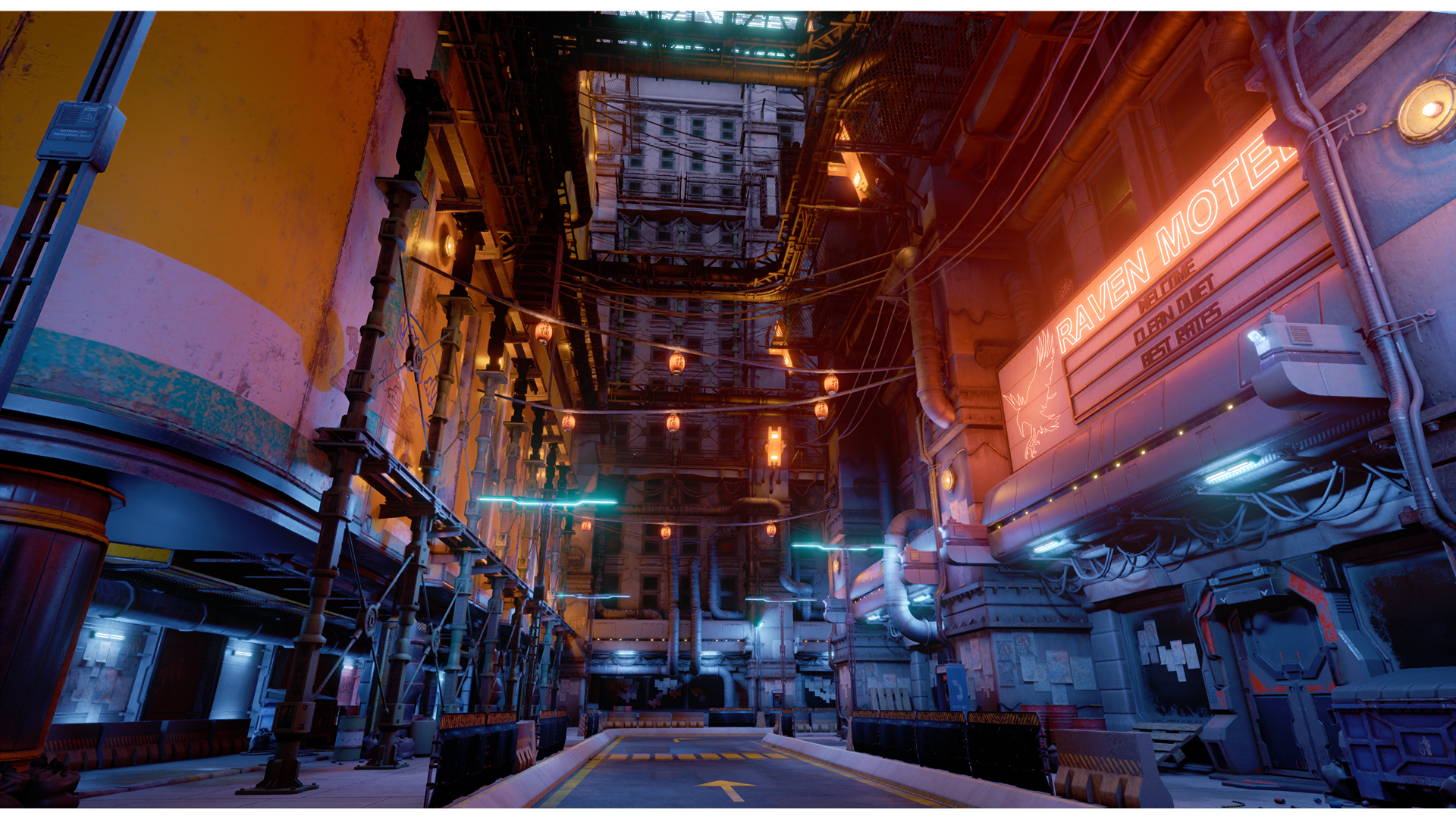Read the footnotes. It says at 4k with DLSS performance mode. This is embarrassing from Nvidia. I’m not optimistic about the real raster performance improvements.
~70% faster in the Division 2, which has a good DX12 renderer unlike Valhalla...
Last edited:



